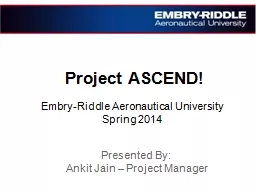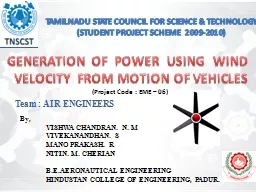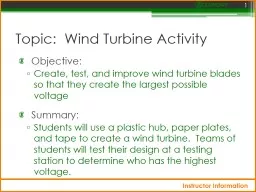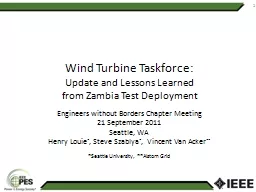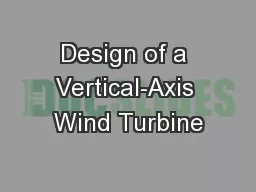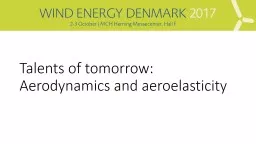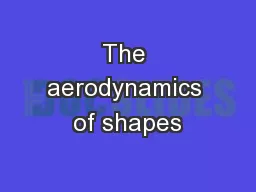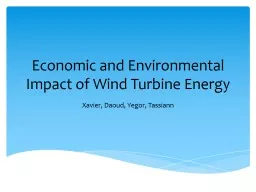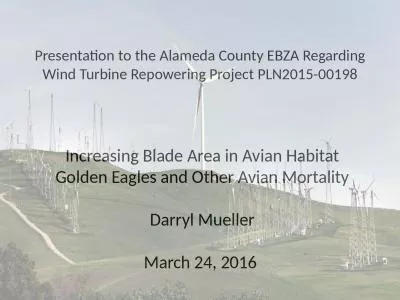PPT-Aerodynamics of Turbine Blade Cooling
Author : test | Published Date : 2018-09-24
Air Feed Rig System Iris Researcher Nicholas Wright Mentor Dr Shigeo Hayashibara ERAUNASA Space Grant Honeywell Sponsored Senior Capstone Project 201415 Arizona
Presentation Embed Code
Download Presentation
Download Presentation The PPT/PDF document "Aerodynamics of Turbine Blade Cooling" is the property of its rightful owner. Permission is granted to download and print the materials on this website for personal, non-commercial use only, and to display it on your personal computer provided you do not modify the materials and that you retain all copyright notices contained in the materials. By downloading content from our website, you accept the terms of this agreement.
Aerodynamics of Turbine Blade Cooling: Transcript
Download Rules Of Document
"Aerodynamics of Turbine Blade Cooling"The content belongs to its owner. You may download and print it for personal use, without modification, and keep all copyright notices. By downloading, you agree to these terms.
Related Documents

